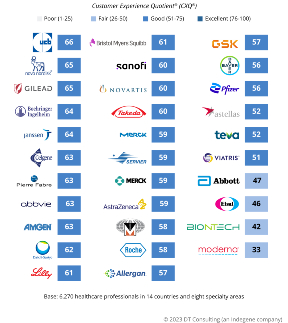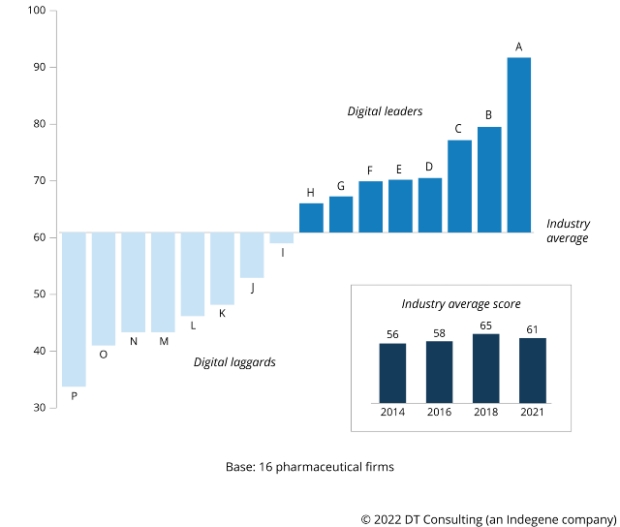Telehealth in the US is very much enjoying a moment in the sun right now, offering a contact-free solution to healthcare during the COVID-19 pandemic.
Systems have been implemented for patients in a matter of weeks as organisations adapted to the new reality of coronavirus social distancing and lockdowns.
Mount Sinai Health System’s chief product officer David Kerwar, responding to a digital transformation survey by Twillo, gave one example of a digital project that yielded rapid positive results. The organisation has developed a text-to-chat platform that experienced a 10-fold increase in volume due to COVID-19.
“In one case, the live chat identified an elderly patient who needed immediate help and they were able to dispatch an ambulance in a matter of minutes,” said Kerwar.
“In another case, an infected patient in a group home was identified, which led to swift notification of the home and isolation of the patient to mitigate the spread of the virus in the facility.”
And use of telehealth appears to have patients’ backing:
A global survey of 2,700 cancer, heart disease and immunology patients by Accenture found nine out of 10 using remote services felt the quality of their care was as good or better than before and 60% want to use technology more to communicate with healthcare providers in future.
Meanwhile, an online poll of over 1,000 US seniors found more overall use of telehealth services increased 300% under COVID-19, with 30% of respondents using it once a month and of those that haven’t used it during the pandemic 68% say that was because they hadn’t needed to.
Demand spikes interest in US telehealth
All of this demand, and political pressure to continue the advances in telehealth, is driving a big spike in interest and investment, with some steep predictions from McKinsey on telehealth’s business opportunity.
 The first half of this year has already seen digital health investments dominated by telemedicine, with figures from Mercom Capital Group putting it way ahead of digital health analytics, mHealth apps and clinical decision support deals in the first half of this year.
The first half of this year has already seen digital health investments dominated by telemedicine, with figures from Mercom Capital Group putting it way ahead of digital health analytics, mHealth apps and clinical decision support deals in the first half of this year.
The recent $18.5bn megamerger between telehealth company Teladoc and Livongo, which provides health monitoring tools, continues that trend, as investors begin to overcome some initial scepticism to the deal and start to focus on its proposed benefits.
An adjustment to surge in activity is likely and, according to US doctor Bryan Vartabedian, telemedicine is already finding its place in the Gartner Hype Cycle.
Plus, telemedicine is not for everyone, as noted in a JAMA article by Marcin Chwistek, a doctor and programme director for the Fox Chase Cancer Center’s MD, Supportive Oncology and Palliative Care Program.
Nevertheless, as Susan Kressly, a paediatrician in Pennsylvania, told The Atlantic that her patients – who are often fidgety, anxious, and reserved in her office – are relaxed and outgoing when talking with her from their bedrooms.
“When you move the playing field to the patient’s home base,” she said, “some of that power imbalance and discomfort with the setting goes away.”






